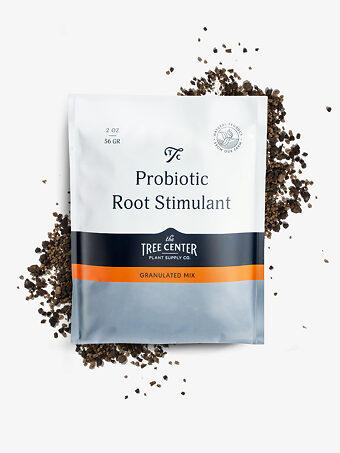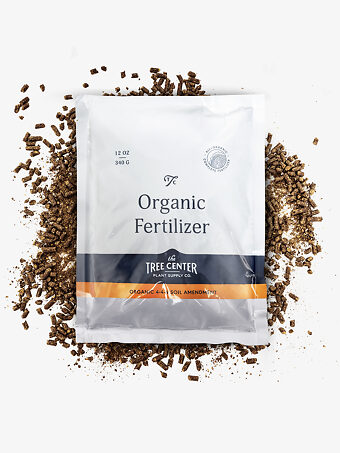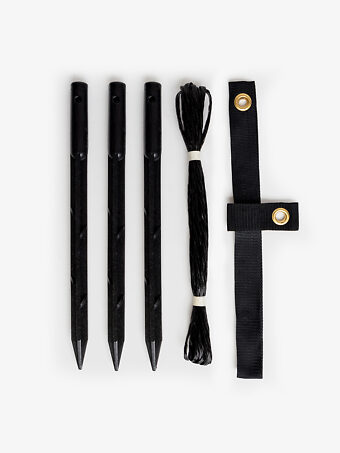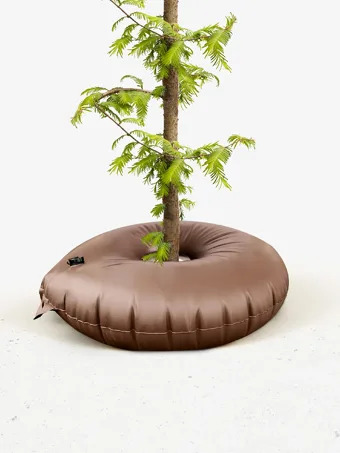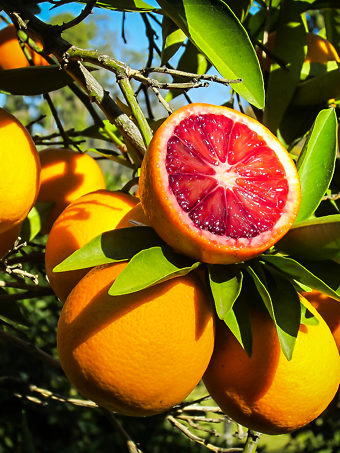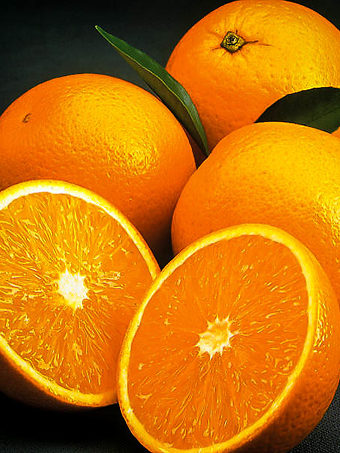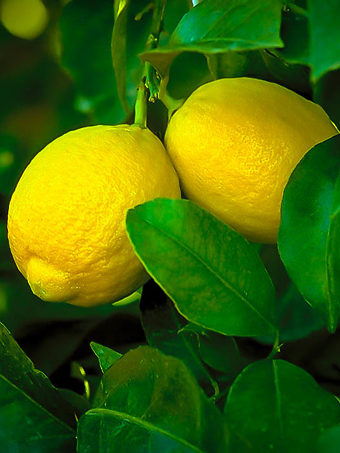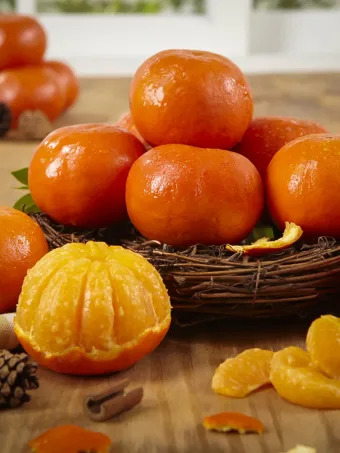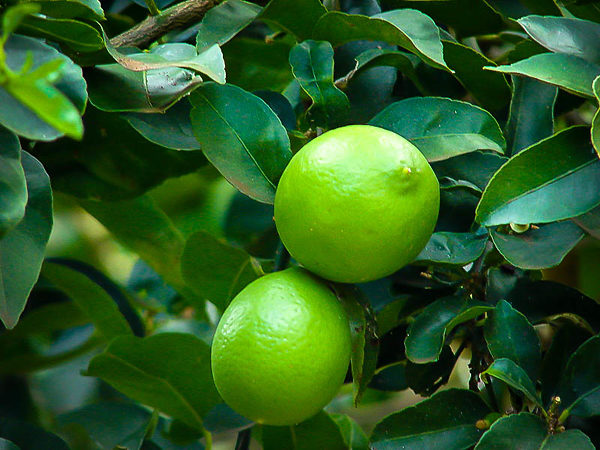

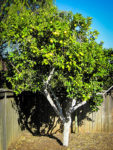


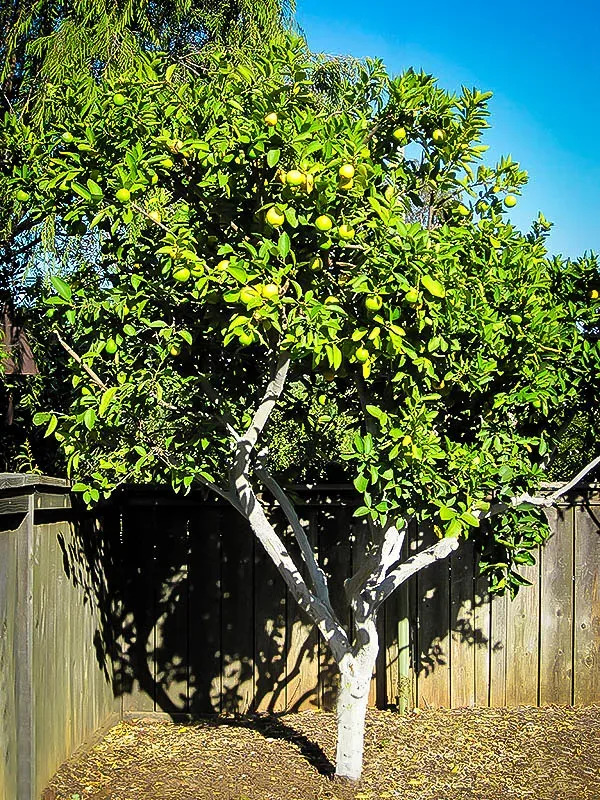
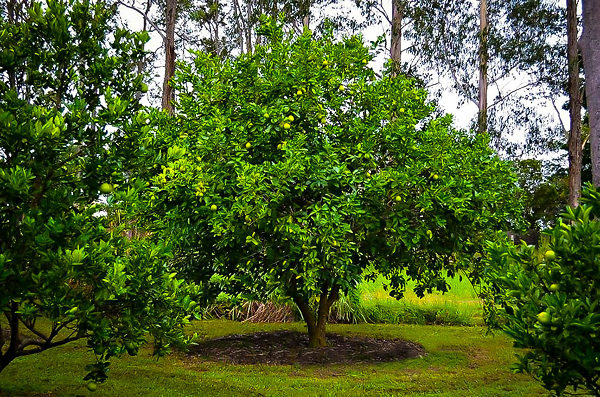
Persian Lime Tree
Citrus x latifoliaView more from Citrus Trees
Persian Lime Tree
Citrus x latifolia
this item doesn’t ship to
The Persian Lime is the most popular lime fruit, and no wonder. These large fruits are packed full of tangy juice, ideal for cocktails, limeade, baking and Asian recipes. It is an easy tree to grow, and it is hardier than most other citrus fruits, growing easily in zone 9. In colder areas it makes a beautiful potted tree, brought indoors for winter. This tree flowers in late winter, and you can begin to harvest fruit as early as June or July. By early winter the crop will be fully-ripe, and the rich green skin will show some yellow coloring. This thornless tree has handsome, rich-green and glossy leaves, and your tree will always look attractive.
- Most popular lime tree grown
- White flowers in late winter
- Generous supply of lime fruits
- Grow in a pot in cooler climates
- Grow indoors in a well-lit place for winter
Grow your Persian Lime Tree in a sunny place. Outdoors it should be planted in well-drained soil, and plant it in fast-draining potting soil when growing it in a pot. Keep the potted tree outdoors in full sun from spring to fall, but bring it indoors when the night temperatures reach 45 degrees. Keep it in a cool, well-lit place that only needs to be a few degrees above freezing point. This is better than a hot room. Put it back outside as soon as the night temperatures are well above freezing. The warmer the inside temperature in winter, the warmer it should be when you move it outdoors.

Botanical Name:
Citrus x latifolia
Mature Width:
10-15 ft
Mature Height:
15-20 ft
Grows Well In:
Zones 9-10 (Outdoors)
Grows anywhere indoors
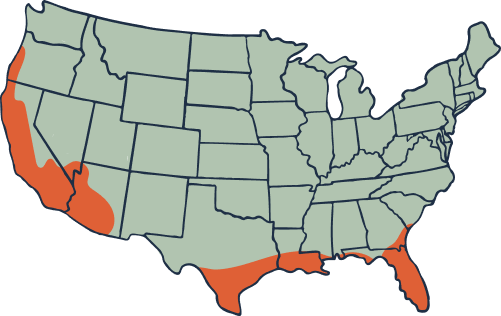
Sun Needs:
Full Sun
Water Needs:
Moderate
Growth Rate:
Medium
Flower Color:
White
Flowering Season:
Spring, Winter
